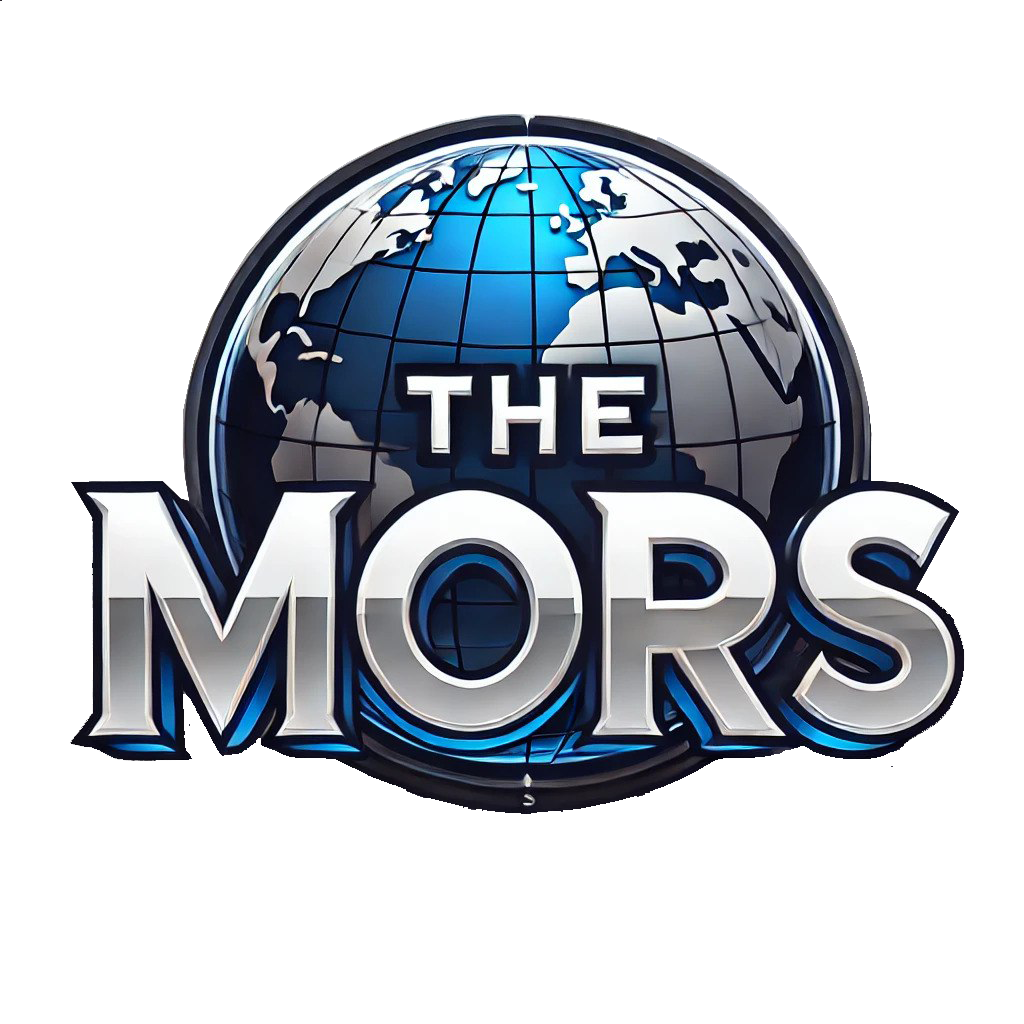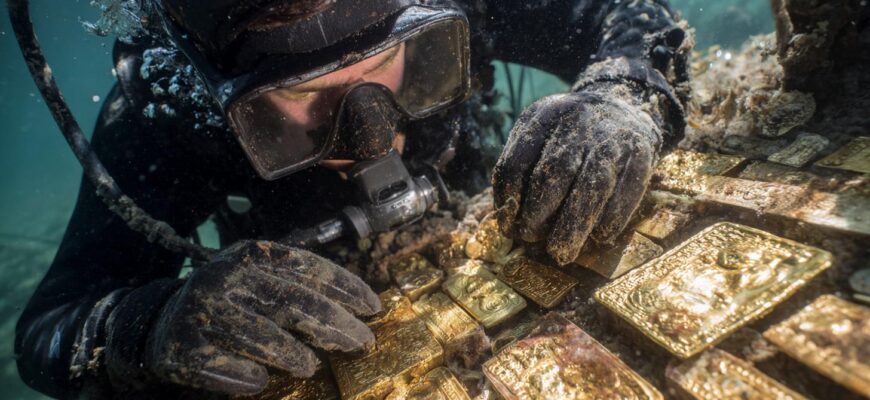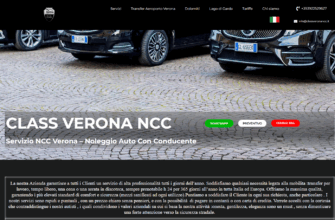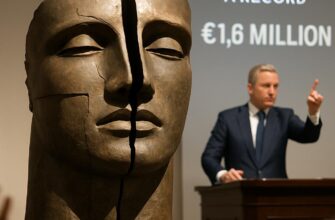The sea has a way of keeping its stories for centuries, and sometimes it gives them back in the most literal sense: coins, bars, and artifacts tumbled from storms and battles long ago. In a recent find that has stirred both the diving community and historians, a group of underwater explorers uncovered a cache of Spanish-era gold believed to date to the 1700s. The discovery touched off a chain of questions about provenance, preservation, and the faint line between salvage and archaeology.
- The moment of discovery
- Who were the divers?
- What was found: a preliminary inventory
- Table: preliminary catalog of recovered items
- How do archaeologists date and authenticate treasure?
- Conservation process: from salt encrustation to readable surfaces
- Where did the gold come from originally?
- Historical context: naval convoys and the risks of the sea
- Legal and ethical questions surrounding the find
- Who decides what happens next?
- Technology that makes modern finds possible
- List: typical equipment used in a modern wreck survey
- Why this find matters to historians
- Connections to well-known shipwrecks
- Valuation: how do experts assign a dollar figure?
- Who benefits financially?
- Public fascination and the reality of underwater archaeology
- My own encounters with maritime history
- What happens next for the recent discovery?
- How the public can follow developments
The moment of discovery
The recovery began as many modern wreck hunts do: a routine survey turned into something extraordinary. Divers working from a modest research vessel located an anomaly on their magnetometer and followed it down through green water and soft silt until a glint of gold appeared among crusted cannonballs and timber fragments. The initial haul — a handful of silver and gold coins, some loose nuggets, and a small ingot — suggested they had stumbled on a merchantman or military transport dating from the late 18th century.
It’s tempting to imagine a single, cinematic moment when treasure emerges from mud into sunlight. In reality, careful relocation and methodical excavation took days. The team used careful excavation tools and airlift dredging to expose artifacts without shattering fragile wood or losing context, and each coin was cataloged in situ before being lifted to the surface for conservation.
Who were the divers?
The recovery was led by a mixed crew of professional divers: commercial salvage technicians, a few recreational wreck specialists with decades of experience, and an underwater archaeologist who insisted on strict recording protocols. That combination of skills made a huge difference in how the site was handled and how the artifacts were documented. The presence of archaeologists from the outset helps prevent the common mistake of turning an archaeological site into a loot pile.
Many in the group were local — fishermen and divers who know the coastal currents and hidden shoals — while a couple came in with specialized gear and permits. This mix is commonplace in coastal finds, where local knowledge and technical resources must be matched with legal and academic oversight to ensure a find is handled ethically.
What was found: a preliminary inventory
The collection recovered during the initial dives included several distinct categories of items: coins struck in Spanish mints, small gold bars that may have been meant as bullion rather than coinage, and scattered personal items such as buttons and buckles. The coins showed wear consistent with circulation and then rapid burial, suggesting they were on a working vessel rather than a sealed treasure chest.
Experts estimate the total market value of the recovered material at roughly $1 million, though that number will change once conservation, authentication, and legal ownership are settled. Market value and archaeological value rarely overlap; some items will fetch high prices, while their historical value can be immeasurable if properly studied and curated.
Table: preliminary catalog of recovered items
| Item type | Approximate date | Description | Preliminary market estimate |
|---|---|---|---|
| Spanish silver coins (cob and milled) | mid–late 18th century | Heavy wear, some countermarks, encrusted | $250,000 |
| Small gold bars/ingots | 18th century | Stamped fragments and hand-poured shapes | $400,000 |
| Gold escudos (coins) | late 18th century | Various mints; variable condition | $300,000 |
| Miscellaneous artifacts | 18th century | Buttons, buckles, iron fasteners | $50,000 |
Note: Values above represent a preliminary commercial estimate based on condition and rarity; formal appraisals and auction results will provide a more accurate accounting.
How do archaeologists date and authenticate treasure?
Dating and authenticating underwater finds involve both straightforward visual clues and high-tech analyses. Markings on coins — mint marks, assayer initials, and monarch portraits — provide immediate chronological anchors. Metallurgical assays and X‑ray fluorescence can reveal alloy compositions that match known minting practices of particular Spanish mints in Lima, Potosí, Mexico City, or Seville.
Context matters as much as composition. The assemblage of artifacts — for example, the mix of coin types, ship wood species, and even marine encrustations — helps specialists narrow the date and the vessel’s likely origin. When an item emerges from the seabed, its surrounding sediment and placement tell a story about how it was lost and how it remained preserved.
Conservation process: from salt encrustation to readable surfaces
Salt is the enemy of metal. Rapid desalination, controlled electrochemical treatments, and meticulous mechanical cleaning remove the accretion that hides inscriptions. Conservators stabilize coins by slowly leaching chloride ions, then use microscopes and gentle tools to reveal details once obscured by centuries of corrosion.
Conservation is expensive and slow. Each coin may take weeks or months to stabilize to the point where inscriptions and mint marks are legible. This work transforms objects from objects of curiosity into scientific specimens that historians can study with confidence.
Where did the gold come from originally?
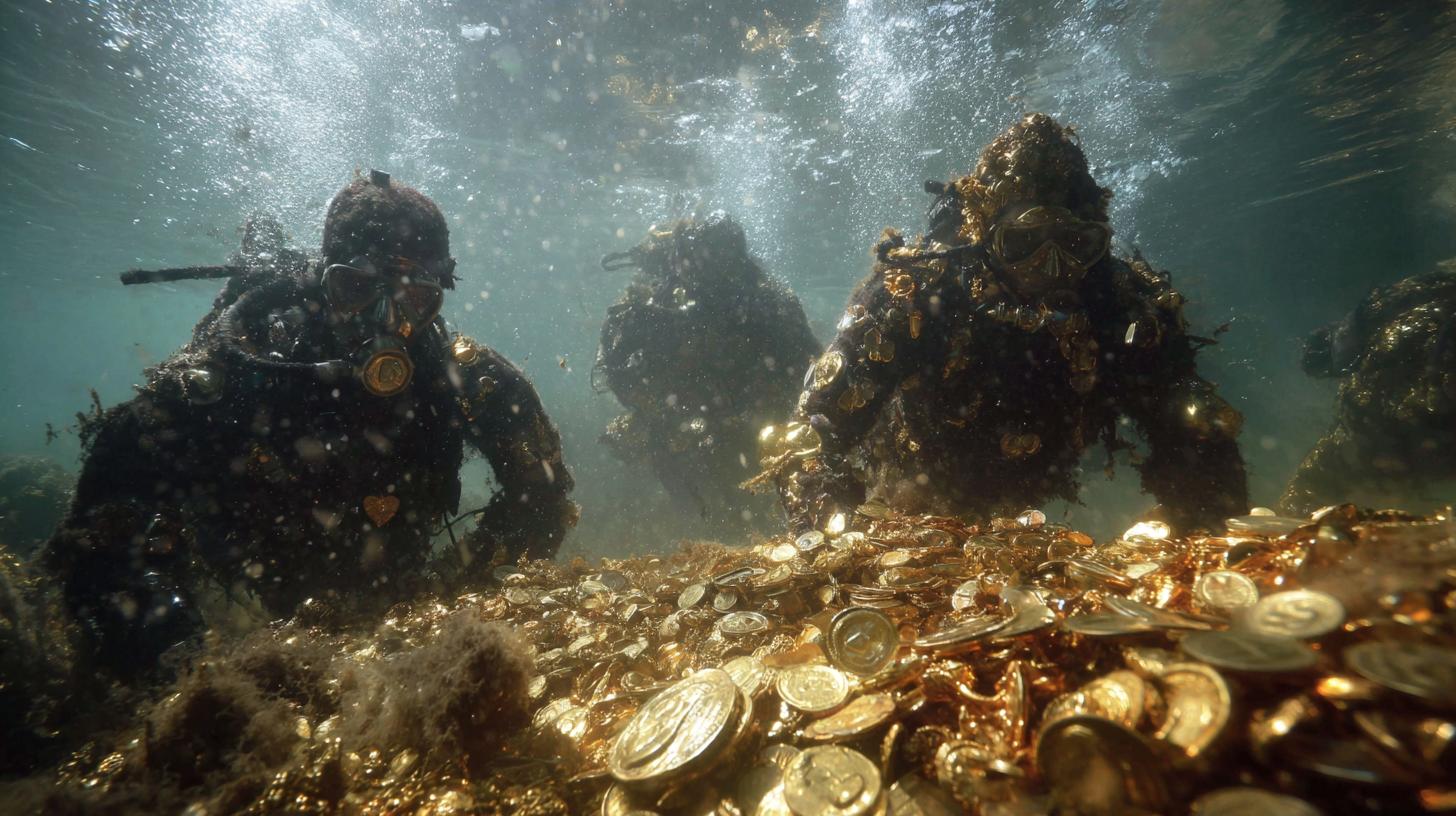
Spanish gold in the 18th century most often originated in the Americas. Mines across present-day Bolivia, Mexico, Colombia, and Peru supplied bullion that traveled by sea to Spain. Silver was the dominant export, but gold also moved through the same networks, often as coinage or small ingots intended for payment of mercantile or military expenses.
The Spanish crown relied heavily on these shipments to fund wars, maintain colonial administrations, and support domestic economy. Ship manifests, convoy records, and port logs of the era show how systematically treasure was moved, which helps historians trace likely routes and identify candidate wrecks when a find is uncovered.
Historical context: naval convoys and the risks of the sea
The late 18th century was a period of intense naval activity in the Atlantic and Caribbean. War between colonial powers, hurricanes, submerged reefs, and navigational hazards all took their toll. Spain organized merchant convoys — escorted by warships — to move bullion, but every year some vessels were lost to storms, privateers, or accidents.
The lost cargoes of this era often ended up scattered across the seafloor. In some cases, ships were attacked and jettisoned treasure to save the hull; in others, a sudden hull breach meant officers frantically threw weighted purses overboard in hopes of lightening the ship — a grim but historically documented tactic.
Legal and ethical questions surrounding the find
Discoveries like this bring immediate legal complexity. Maritime law, national sovereignty, and historic preservation statutes intersect in complicated ways. The country in whose waters the wreck lies may claim ownership; so may the government descended from the original flag on the ship. Private salvors frequently insist on salvage rights under admiralty law, but courts have often ruled for museums or governments when cultural patrimony is at stake.
Cases such as the long legal battle over the Nuestra Señora de las Mercedes and the Odyssey Marine controversy illustrate how contested these finds can become. In those cases, the overlap of international law, salvage claims, and cultural preservation created protracted court fights that sometimes lasted years.
Who decides what happens next?
Typically, several parties become involved: local authorities, national cultural heritage agencies, the divers or salvage company, and possibly the descendants of the nation of origin. An initial report must be filed with the relevant harbormaster or cultural ministry, and permits are required for removal and export. If the find is considered part of national heritage, laws may prohibit commercial sale altogether.
The best outcomes tend to come from cooperation. When academics and local governments work with salvage teams, artifacts are conserved and studied, museums receive items for public display, and salvage crews receive reasonable compensation or joint ownership arrangements that respect cultural patrimony.
Technology that makes modern finds possible
Advances in sonar, magnetometry, and remotely operated vehicles (ROVs) have revolutionized shipwreck discovery. Side-scan sonar paints high‑resolution images of the seabed, while sub-bottom profilers can detect objects buried under sediment. Magnetometers pick up unusual concentrations of ferrous material — a useful signal near old cannons and anchors.
On-site, divers now rely on mixed-gas systems, rebreathers, and underwater communication tools to work deeper and longer. Photogrammetry allows teams to create 3D models of a wreck without removing a single artifact, which preserves context and helps researchers study a site remotely.
List: typical equipment used in a modern wreck survey
- Side-scan sonar arrays for seabed imaging
- Towed magnetometers to detect metallic anomalies
- ROVs for deep or hazardous zones
- Rebreathers and mixed-gas systems for extended dives
- Underwater cameras and photogrammetry rigs
- Airlifts and dredges for controlled excavation
Why this find matters to historians
Beyond the monetary value, finds like this shed light on everyday trade, shipping practices, and the lives of sailors. Coins carry dates, mint marks, and circulation patterns that help historians chart economic connections across the Atlantic. A small ingot or a stamped coin can confirm reported shipments recorded in port logs or reveal previously unknown trade routes.
Moreover, the composition of an assemblage — what’s present and what’s not — reveals the priorities of merchants and commanders. Were they carrying many small coins for local trade, or larger bullion destined for the royal mint? Those patterns tell us about the flow of wealth and how empires managed their colonial economies.
Connections to well-known shipwrecks
Famous recoveries such as the Atocha and Nuestra Señora de las Mercedes offer instructive parallels. The Atocha, discovered by Mel Fisher, gave historians a window into 17th-century trade and ship construction, while the Mercedes case raised hard questions about legal ownership and cultural heritage. Modern finds continue that dialogue, each event adding fragments to the bigger picture.
These precedents also remind us that sensational headlines hide complex realities. The headline number — $1 million in this instance — is only one measure of significance. Academic study, legal clarity, and ethical stewardship determine how a discovery contributes to collective knowledge.
Valuation: how do experts assign a dollar figure?
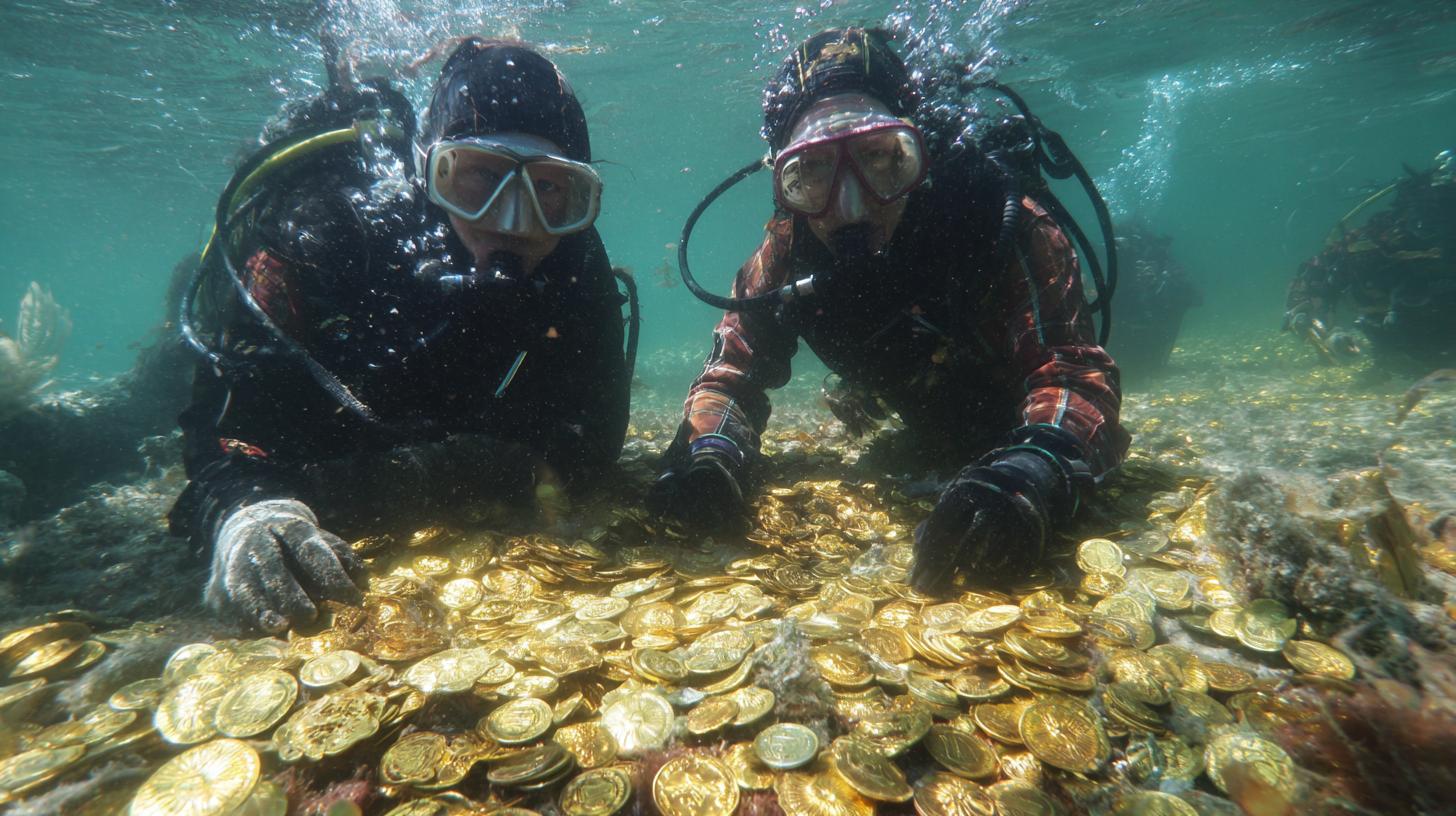
Valuing historical coins and gold is part science, part market art. Appraisers consider rarity, condition, historical importance, and demand among collectors. Authentication raises value; so does provenance when a reputable museum or research institution endorses an item’s historical significance.
That preliminary $1 million estimate you’ve seen is a working figure based on immediate market signals, expected conservation outcomes, and comparisons with comparable auction results. Once coins are cleaned and authenticated, auction houses may revalue them — up or down — depending on collector appetite and scholarly interest.
Who benefits financially?
The parties that may profit include the discovery team, salvage company, insurers, and possibly local or national governments depending on agreements. However, profit isn’t guaranteed. Litigation, conservation expenses, and legal relinquishment to heritage institutions can all reduce cash payouts to finders. Many agreements provide a mix: financial compensation for the discovery team paired with public display in museums.
Ethical considerations complicate the picture. A find with high public or scientific value often commands a different outcome than a purely commercial recovery. The most admired resolutions balance public access, scholarship, and fair recognition of the divers’ skills and risk.
Public fascination and the reality of underwater archaeology
People are drawn to the romance of shipwrecks. To see gold emerge after 250 years seems like a plot point from a novel. That fascination is useful: it fuels museum attendance, inspires philanthropy, and draws attention to maritime history. But it also risks oversimplifying work that is painstaking and slow.
Real archaeological work is about patient documentation, context preservation, and long-term study. A single coin can provoke new research into trade networks or minting practices, but only if the coin’s context is recorded. Public storytelling should celebrate discovery while explaining the careful process that turns a recovered object into a source of knowledge.
My own encounters with maritime history
I’ve spent time in museums where conservators unpack tray after tray of coins, each one a tiny ledger entry on global commerce. Those visits taught me that the visible sparkle of recovered gold is only the start of a much longer story. Museums turn recovered fragments into narratives that connect people to distant times and places.
On a windy afternoon aboard a research vessel, I watched a diver bring up a barnacled silver coin and pass it to a conservator who wrapped it in acid-free tissue with studied reverence. That ritual — methodical, humble, and precise — is what turns a treasure find into a resource for learning rather than mere spectacle.
What happens next for the recent discovery?
Immediately following recovery, artifacts go into controlled environments for desalination and stabilization. Parallel to conservation, legal filings establish jurisdiction and potential ownership claims. If the find sits in territorial waters, the national cultural agency will typically assert an interest and may request that items remain in-country for study and display.
Scholars will then analyze the coins’ iconography, alloy composition, and mint marks. Ship timbers may be sampled for dendrochronology or species identification to help identify the wreck. If archival research is fruitful, shipping manifests or convoy records could link the wreck to a named vessel and provide a richer historical narrative.
How the public can follow developments
Responsible teams post interim reports through local news, academic journals, or museum press releases. Public lectures, curated exhibitions, and digital 3D models offer ways for communities to engage with finds without encouraging looting or unauthorized dives. Follow-ups often appear in maritime archaeology journals and local cultural ministry updates.
For those curious about the find’s progress, reputable sources include national heritage agency announcements, accredited university archaeology departments, and established maritime museums. These outlets tend to provide the most accurate, least sensationalized information.
When headlines read that Divers discover $1 million worth of 18th-century Spanish gold, the public understandably imagines instant fortune. A more nuanced reality emerges when conservation, regulation, and scholarship take over: the discovery becomes a vessel for history rather than merely a pile of bullion. The story now moves from the seabed into labs, archives, and courtrooms, where the true value — cultural, scientific, and occasionally financial — will be determined.
To follow further updates, in-depth analysis, and related reporting, check out our coverage at https://themors.com/technology-innovation-news/. For more stories like this and a broader selection of articles on technology, innovation, and discovery, visit https://themors.com/ and explore additional material on our site.
